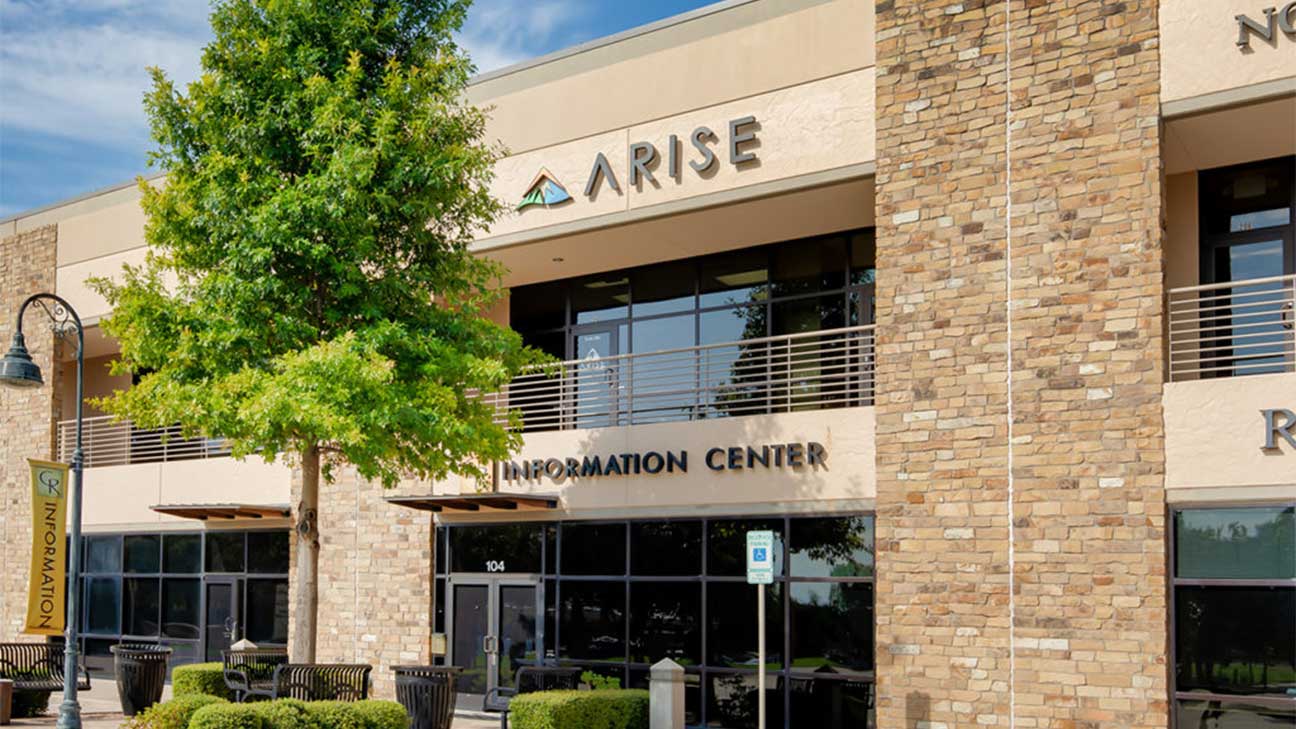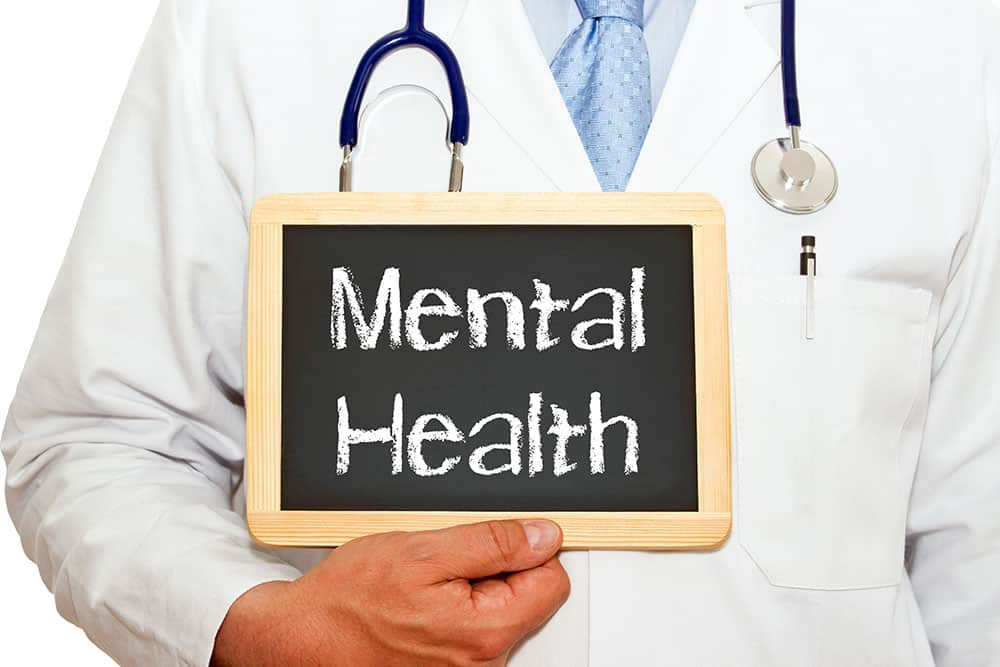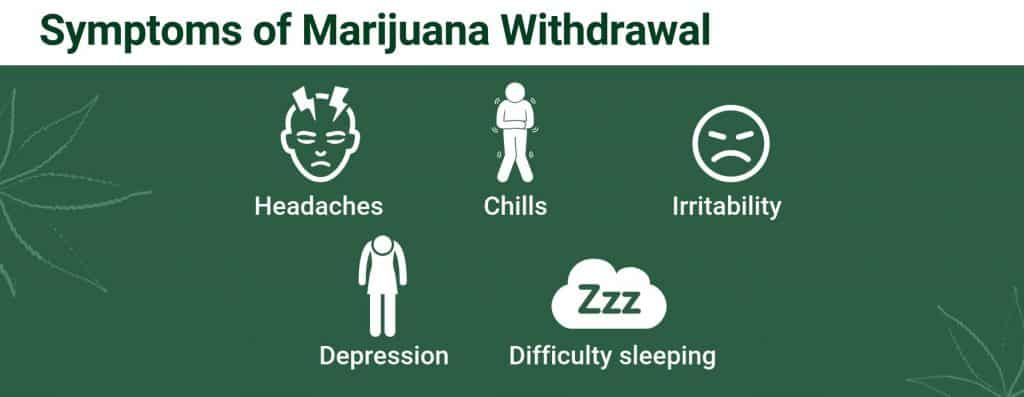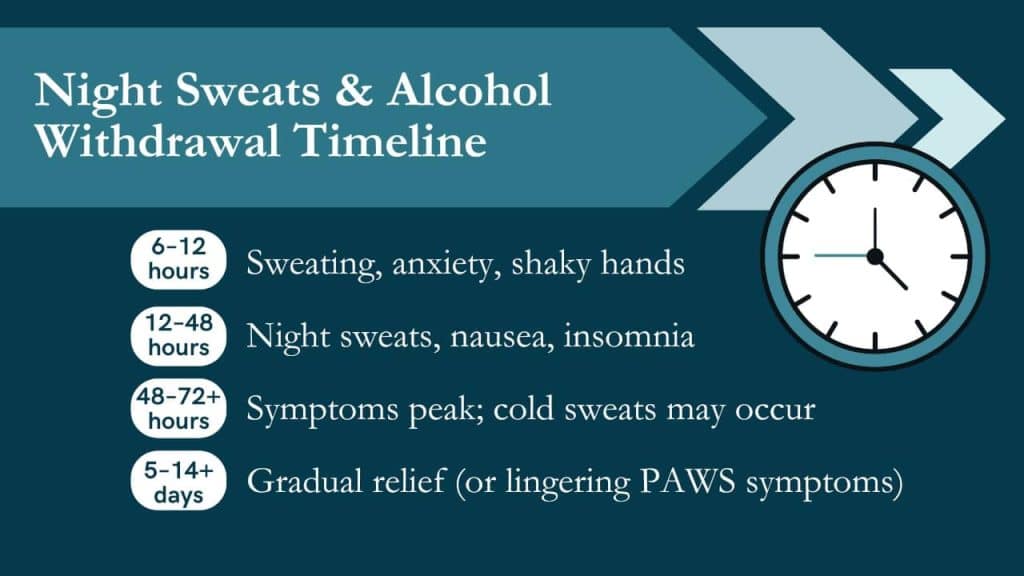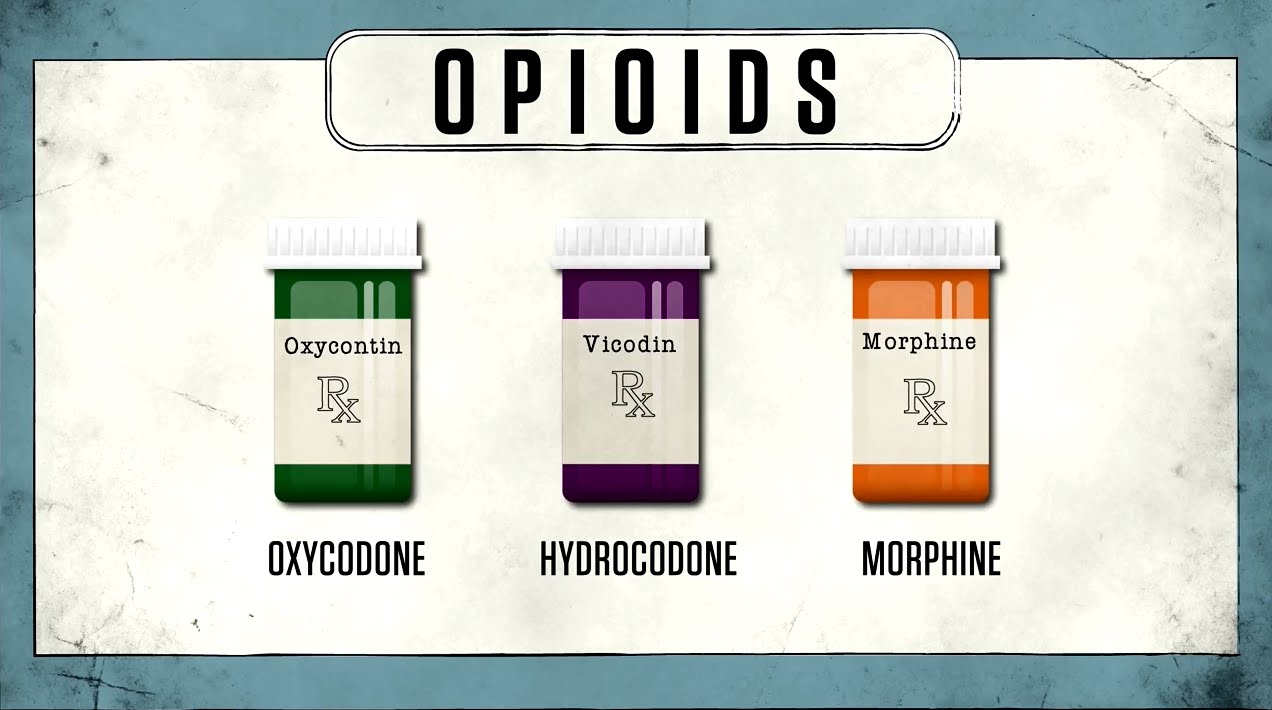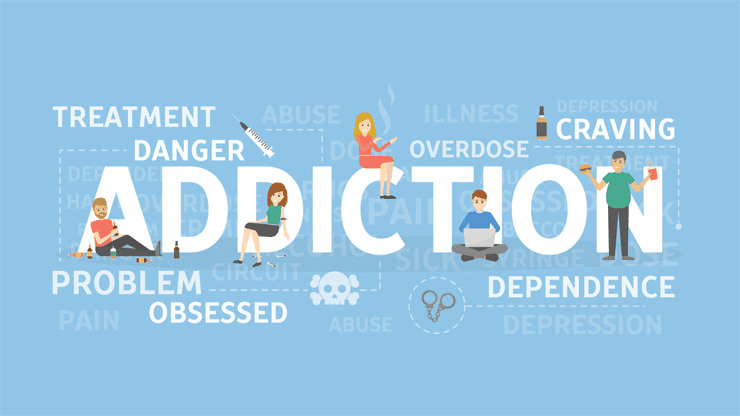
What You Need to Know About Alcoholism
Alcoholism, also known as Alcohol Use Disorder (AUD), is a chronic medical condition where a person cannot stop or control their alcohol use despite serious harm to their health, relationships, and daily life. It is a treatable brain disorder affecting millions worldwide.
Quick Facts:
- Definition: A medical condition characterized by an impaired ability to stop drinking despite negative consequences.
- Prevalence: 28.1 million American adults had AUD in 2023.
- Severity Levels: Mild (2-3 symptoms), Moderate (4-5 symptoms), Severe (6+ symptoms).
- Causes: A mix of genetics (about 60% hereditary), environment, and mental health.
- Treatment: Medications, behavioral therapy, support groups, and rehab programs.
- Recovery: Possible with professional help and ongoing support.
AUD is a progressive disease that changes brain function, making it harder to control drinking over time. Its impact is vast, costing the U.S. $249 billion annually and contributing to over 140,000 deaths each year. It also increases the risk of liver disease, heart problems, and cancer.
Despite these challenges, recovery is absolutely possible. With the right treatment, many people with AUD achieve and maintain sobriety.
Addiction Helpline America connects individuals and families with compassionate, evidence-based care. Our team provides confidential, 24/7 support to guide you toward effective treatment options.
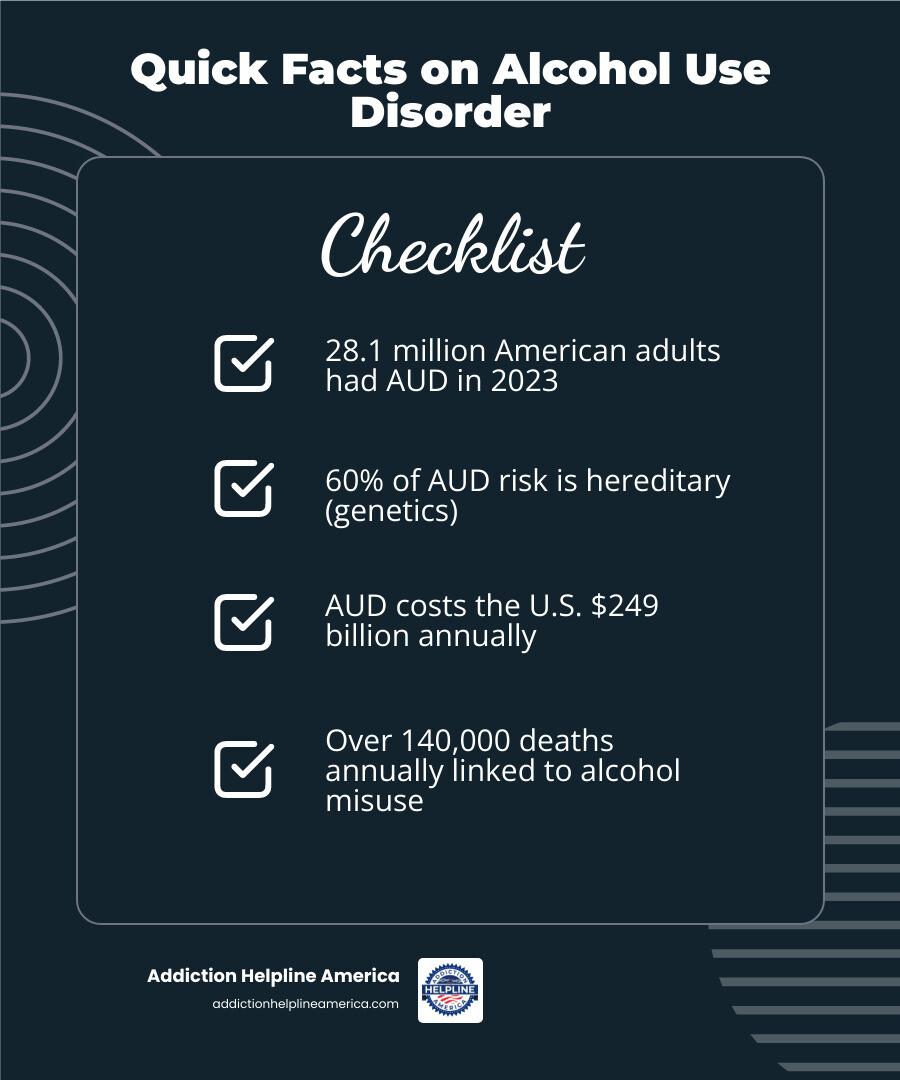
Essential alcoholism terms:
Understanding Alcohol Use Disorder (AUD) and Its Causes
Alcoholism, medically known as Alcohol Use Disorder (AUD), is a chronic, relapsing brain disease where a person cannot control their drinking despite negative consequences. The Diagnostic and Statistical Manual of Mental Disorders, 5th Edition (DSM-5), classifies it as a brain disorder because chronic alcohol use physically alters brain function, making it harder to quit.
In 2023, 28.1 million American adults had AUD. The World Health Organization has stated that no level of alcohol consumption is truly safe for your health, increasing the risk of conditions like cancer. You can learn more about scientific research on alcohol’s effects.
Key Risk Factors for Developing Alcoholism
AUD develops from a complex mix of genetic, psychological, and environmental factors. Key risk factors include:
- Genetics and Family History: Alcoholism is approximately 60% genetically determined. Having a parent or sibling with AUD increases your risk by 3-4 times. However, genetics create vulnerability, not certainty.
- Early Age of First Drink: People who start drinking before age 15 are far more likely to develop AUD than those who wait until 21. The adolescent brain is more susceptible to alcohol’s damaging effects.
- Binge and Heavy Drinking: Binge drinking (4-5+ drinks in two hours) and heavy drinking (8-15+ drinks per week) significantly increase the risk of developing AUD.
- Mental Health and Trauma: Co-occurring conditions like depression, PTSD, and anxiety are common. A history of childhood trauma is a major risk factor, as alcohol is often used to self-medicate emotional pain. We understand how mental health conditions and childhood trauma contribute to alcoholism.
Prevention Strategies, Especially for Teenagers
Preventing alcoholism in young people involves education, open communication, and a supportive environment. Key strategies include:
- Educating on Risks: Honestly discuss the long-term health consequences of alcohol, including brain damage and addiction.
- Open Communication: Talk openly with teenagers about alcohol and mental health. Clear expectations and consequences are crucial.
- Teaching Healthy Coping Skills: Encourage healthy outlets for stress, such as sports, hobbies, or talking with a trusted adult.
- Modeling Responsible Behavior: Adults’ actions regarding alcohol teach more than any lecture. Demonstrate responsible choices.
- Delaying the First Drink: Waiting until age 21 or later to start drinking is one of the most effective prevention strategies, significantly reducing lifetime risk.
If you’re concerned about a young person, Addiction Helpline America can provide confidential guidance.
Recognizing the Signs: Symptoms, Diagnosis, and Complications
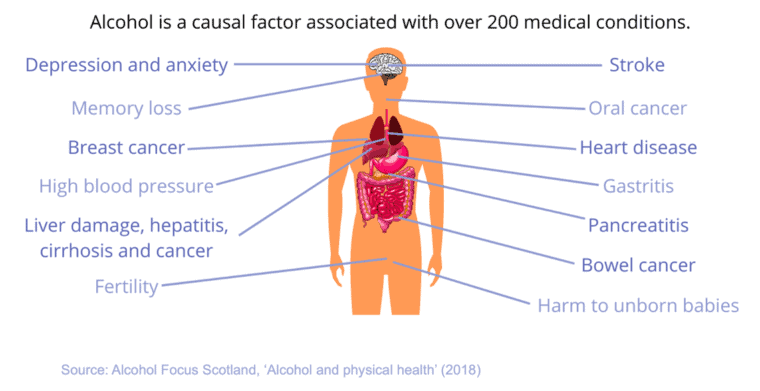
Alcoholism often develops gradually, so it’s important to recognize the warning signs. These can include neglecting responsibilities, drinking alone, hiding alcohol use, or having an increased tolerance.
Warning Signs and Symptoms of Alcoholism
The DSM-5 outlines 11 criteria for diagnosing AUD. Experiencing two or more in a 12-month period may indicate AUD:
- Craving: A strong urge to drink.
- Loss of Control: Drinking more or longer than intended.
- Physical Dependence: Needing more alcohol for the same effect (tolerance) or experiencing withdrawal symptoms.
- Continued Use Despite Negative Consequences: Drinking despite it causing health, social, or interpersonal problems.
- Giving Up Important Activities: Reducing time on hobbies or social events due to drinking.
- Time Spent: Spending a lot of time getting, using, or recovering from alcohol.
- Hazardous Use: Drinking in physically dangerous situations (e.g., driving).
- Neglect of Responsibilities: Failing to fulfill obligations at work, school, or home.
- Interpersonal Problems: Continuing to drink despite relationship issues caused by alcohol.
- Psychological Problems: Drinking despite it worsening depression, anxiety, or other health issues.
- Blackouts: Experiencing memory lapses after drinking.
Diagnosis, Severity Levels, and Health Complications
A healthcare professional diagnoses AUD based on the DSM-5 criteria. The severity is determined by the number of symptoms present:
- Mild AUD: 2 to 3 criteria.
- Moderate AUD: 4 to 5 criteria.
- Severe AUD: 6 or more criteria.
Long-term alcoholism causes devastating health complications:
- Physical: Liver disease (cirrhosis), cardiovascular problems (high blood pressure, stroke), pancreatitis, various cancers, brain damage (Wernicke-Korsakoff Syndrome), and a weakened immune system.
- Psychiatric: Worsening depression and anxiety, psychosis, panic disorder, and a significantly increased risk of suicide.
The Dangers of Alcohol Withdrawal
Suddenly stopping or reducing alcohol intake can cause severe and life-threatening withdrawal. Quitting “cold turkey” can be fatal.
Withdrawal symptoms include tremors, anxiety, nausea, seizures, and hallucinations. The most severe form, Delirium Tremens (DTs), involves confusion, rapid heart rate, and fever, and can lead to heart failure or stroke.
Because of these dangers, medically supervised detoxification is essential. Medical professionals use medications to manage symptoms safely and prevent severe complications.
The Ripple Effect: How Alcoholism Impacts Families and Society

Alcoholism doesn’t just harm the individual; it sends ripples of pain through families and communities. The disease often leads to neglected duties, job loss, and severe financial strain. Binge drinking alone costs the U.S. $249 billion annually in healthcare and lost productivity.
Relationships suffer as trust erodes. Alcohol consumption is linked to a 20% increase in divorce rates. Family members may develop codependency, a harmful pattern of enabling the person’s drinking while neglecting their own needs.
Alcohol Misuse and Domestic Violence
The link between alcohol and domestic violence is undeniable. While alcohol doesn’t cause abuse, it is a major risk factor. Verbal aggression is twice as likely and physical aggression is 3 to 4 times more likely when alcohol is involved. Up to 92% of domestic violence victims report their attacker had been using alcohol or drugs. This creates a dangerous cycle of violence and fear. If you are experiencing domestic violence, your safety is the priority. Resources like Al-Anon and domestic violence hotlines can help.
The Impact on Children
One in five American adults grew up with a relative who misused alcohol. These children often experience guilt, anxiety, and loneliness. They are also four times more likely to develop AUD themselves. Growing up in such an environment can lead to long-term behavioral problems, difficulty with trust, and an increased risk for mental health conditions.
Another tragic consequence is Fetal Alcohol Spectrum Disorders (FASD), which cause irreversible birth defects when a mother drinks during pregnancy.
There is hope for families. Support groups like Al-Anon, Alateen, and Adult Children of Alcoholics provide vital guidance. Recovery is a process for the entire family, and at Addiction Helpline America, we help families steer these challenges.
Pathways to Recovery: Treatment for Alcoholism
Recovery from alcoholism is an achievable, though often lifelong, journey. It’s a path toward a better quality of life, and setbacks are learning opportunities, not failures. The goal is to find a sustainable path, whether through abstinence or professionally guided moderation. Addiction Helpline America is here to help you find alcohol treatment options near you.
Medically-Assisted Treatment Options
Medication-assisted treatment (MAT) is a cornerstone of modern recovery, helping to manage withdrawal and reduce long-term cravings. The FDA has approved three primary medications for AUD:
- Naltrexone: Blocks the rewarding effects of alcohol, reducing the urge to drink.
- Acamprosate: Helps restore brain chemistry, easing the discomfort of post-acute withdrawal.
- Disulfiram (Antabuse): Creates an unpleasant physical reaction to alcohol, acting as a deterrent.
Other medications may be prescribed off-label to manage withdrawal symptoms. A medical professional can determine the best plan for your needs.
Behavioral Therapies and Counseling
Therapy addresses the psychological roots of alcoholism by teaching coping skills and addressing the reasons behind the drinking. Common approaches include:
- Cognitive-Behavioral Therapy (CBT): Helps identify and change negative thought patterns and behaviors related to alcohol use.
- Motivational Improvement Therapy (MET): Strengthens a person’s internal motivation to change their drinking habits.
- Family Therapy: Involves the family to improve communication and build a supportive home environment for recovery.
- Group Counseling: Provides a sense of community and peer support, reducing feelings of isolation. Many programs, like an intensive outpatient program, use group therapy as a core component.
Mutual-Support and Recovery Groups
Peer support groups offer an invaluable sense of community and are a great complement to professional treatment. There are many options to fit different preferences:
- Alcoholics Anonymous (AA): A well-known 12-step program focused on abstinence and peer support.
- SMART Recovery: A science-based approach using cognitive and motivational tools for self-empowerment.
- Secular Options: LifeRing Secular Recovery and Secular Organizations for Sobriety (SOS) offer non-spiritual, abstinence-based support.
- Women for Sobriety: A program designed specifically for women, focusing on positive reinforcement.
For families, groups like Al-Anon, Alateen, and Adult Children of Alcoholics offer crucial support. Reaching out to a mental health helpline is an excellent first step for anyone affected by alcoholism.
Frequently Asked Questions about Alcoholism
Here are straightforward answers to some of the most common questions about alcoholism.
What is the difference between heavy drinking and alcoholism?
Heavy drinking is defined by quantity: 15+ drinks per week for men or 8+ for women. Binge drinking is consuming enough to raise your blood alcohol to 0.08% (typically 4-5+ drinks in two hours). These are risky behaviors.
Alcoholism, or Alcohol Use Disorder (AUD), is a medical diagnosis defined by a loss of control. It involves cravings, an inability to stop drinking despite negative consequences, and often physical dependence. Heavy drinking is about how much you drink; alcoholism is about what drinking has done to your brain and your ability to control it.
Can alcoholism be cured?
There is no “cure” for alcoholism in the sense that it disappears forever. It is a chronic disease, like diabetes or asthma. However, it is highly treatable and manageable. Through effective treatment, many people achieve long-term remission and live full, sober lives. The goal is not a cure but sustained recovery and management of the condition.
How do I know if my drinking is a problem?
If you’re asking this question, it’s worth exploring. Consider these signs:
- Do you often drink more than you intended?
- Have you tried to cut down but failed?
- Do you experience strong cravings for alcohol?
- Has your drinking caused problems at work, home, or in your relationships?
- Do you feel shaky, anxious, or sick when you stop drinking (withdrawal)?
If these sound familiar, it’s a sign to seek help. For a confidential self-assessment, you can visit the Rethinking Drinking website to assess your habits. Reaching out is a sign of courage, and Addiction Helpline America is available 24/7 to help you understand your options.
Conclusion
Alcoholism is a serious, treatable disease. While millions of Americans live with Alcohol Use Disorder, countless others have found lasting recovery. The path forward exists, and help is more accessible than you might think.
We’ve covered the signs, risks, and devastating impact of alcoholism, but we’ve also highlighted the effective treatments that lead to healing. From medications that reduce cravings to therapies that build new coping skills, recovery is possible. The journey requires commitment and support, but you don’t have to do it alone.
Taking the first step is often the hardest, but it’s the most important.
At Addiction Helpline America, we provide a free, confidential, 24/7 connection to a nationwide network of treatment centers. Our team will listen without judgment and help you find a program that fits your unique needs. We take the time to understand your story and match you with the right help.
You’ve already taken a step by educating yourself. Now, take the next one. Visit our website for more info about finding personalized addiction treatment, or call us anytime. Recovery starts with a single conversation, and we’re here to help you begin.
Our helpline is 100%
free & confidential
If you or someone you care about is struggling with drug or alcohol addiction, we can help you explore your recovery options. Don’t face this challenge alone—seek support from us.
Programs
Resources
Will my insurance
cover addiction
treatment?
We're ready to help
Find the best
drug or alcohol treatment
center
Are you or a loved one struggling with addiction? Call today to speak to a treatment expert.

